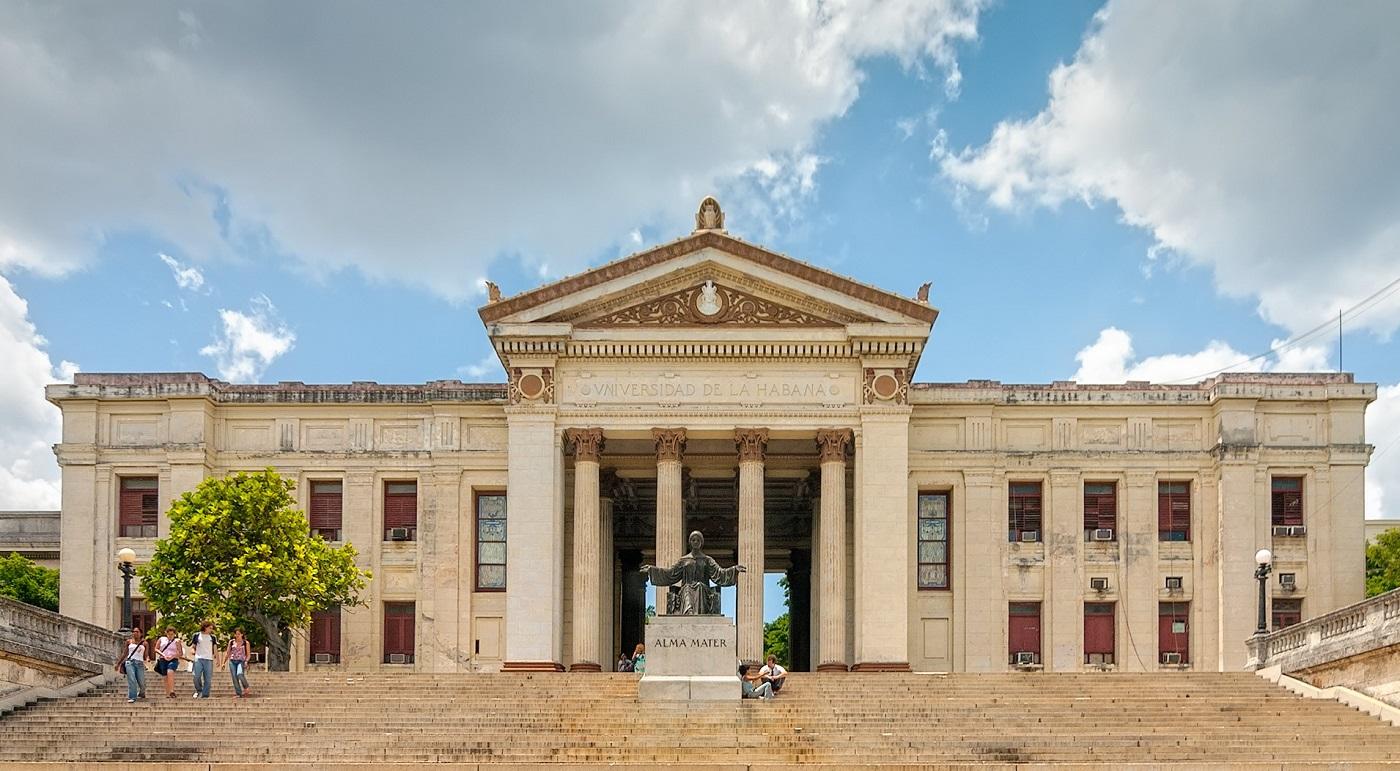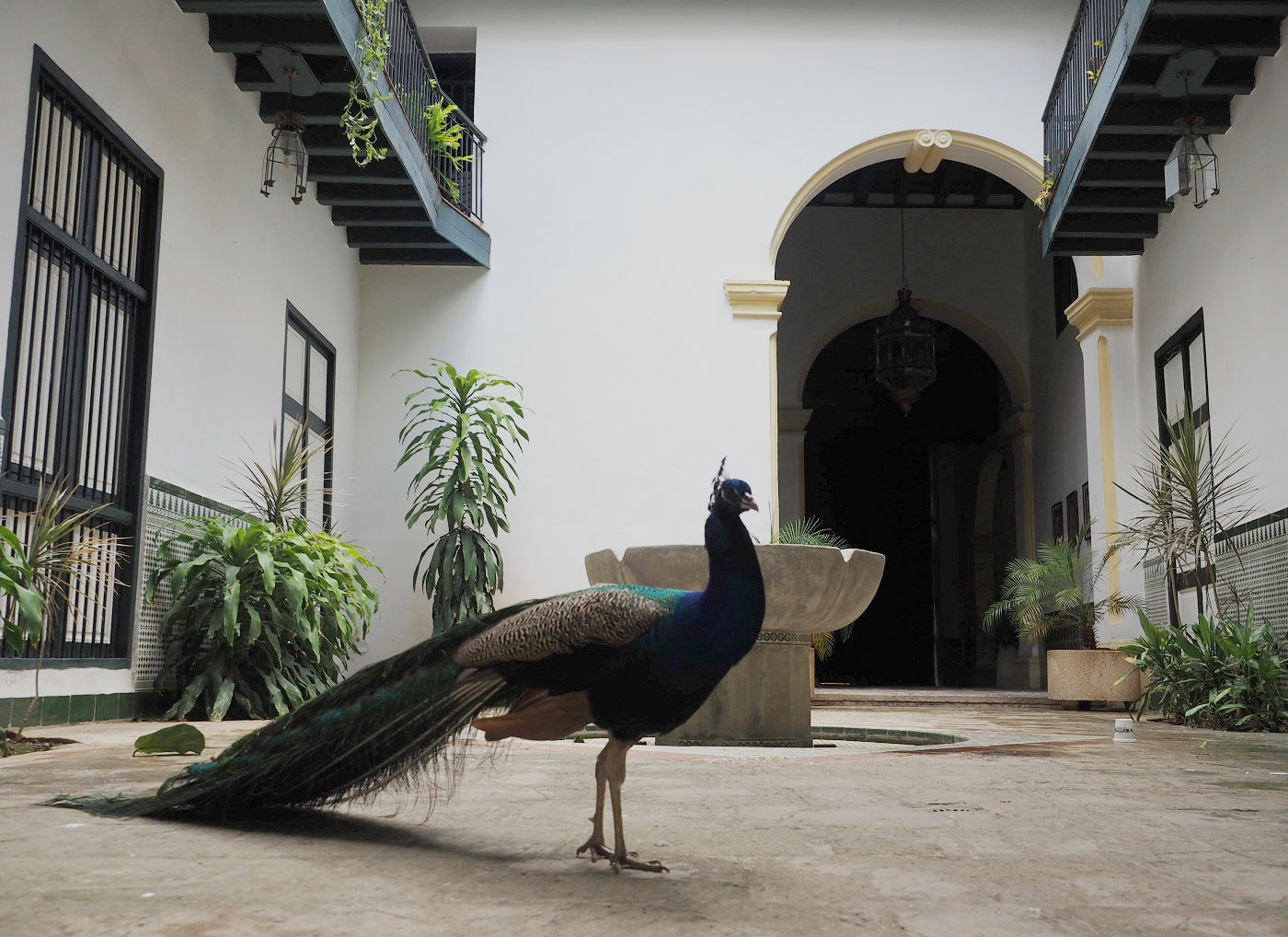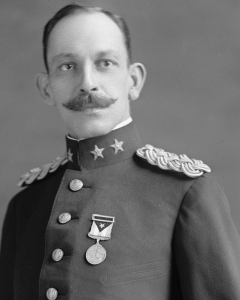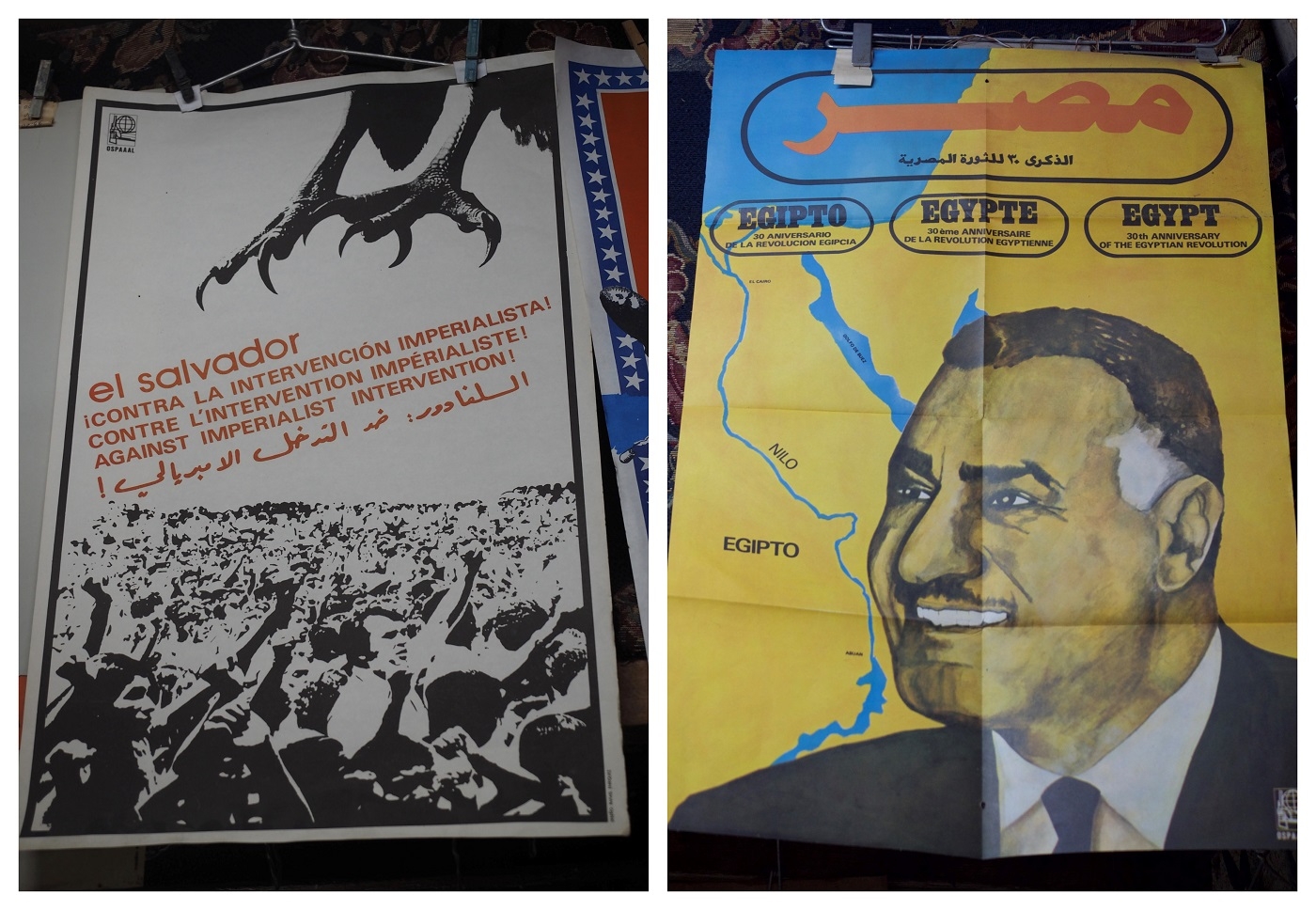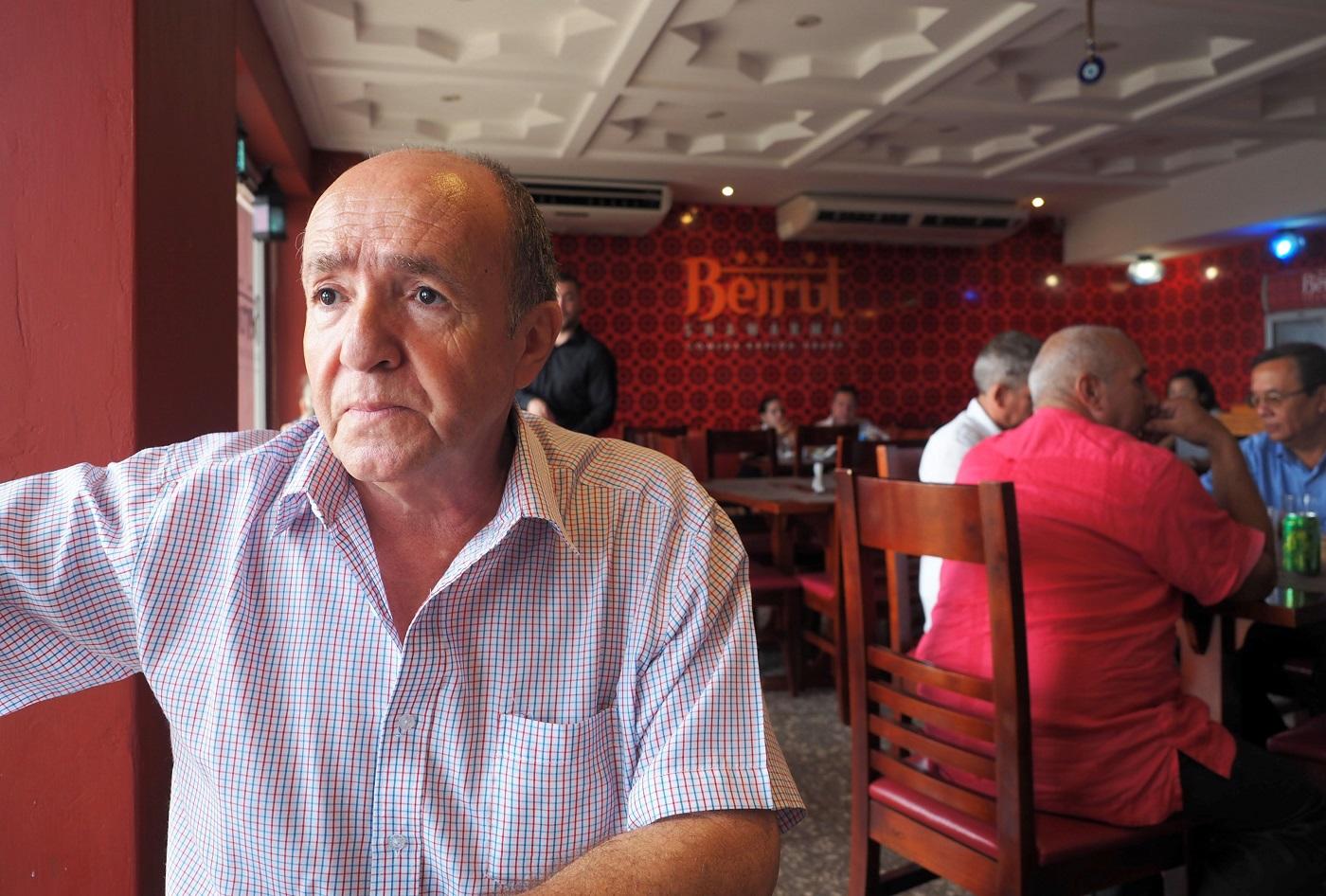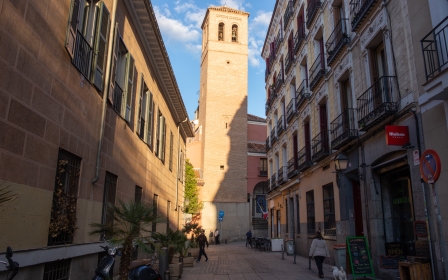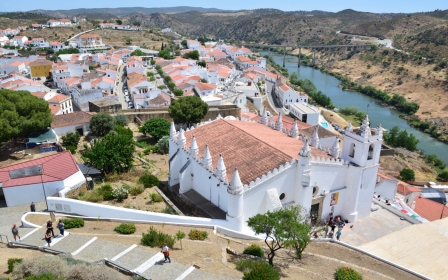The hidden lives of Arabs in Cuba

Amid the brass and percussion that echoes along the Paseo del Prado, Havana’s main drag, another sound can be heard.
That shrill celebratory cry is the zaghrouta, the distinctive ululation Arab women let loose at weddings and other special events.
'We dance a blend of flamenco and Arab dance, which is very popular with Cuban dance companies'
- Alexia Silvia Rodriguez, teacher
It comes from Alexia Silvia Rodriguez’s Arab dance class, located inside the headquarters of the Arab Union in Cuba.
Arabic lettering and faded pharaonic paintings on the facade distinguish the two-storey terrace building from neighbouring schools, hotels and shops along the colonnaded street.
On the upper mezzanine floor, a dozen Cuban girls, aged between eight and 12, twirl within vortices of colourful veils. They are part of a summer course run by the 40-year-old Arab Union, which represents the diaspora and descendants from the Middle East.
“We dance a blend of flamenco and Arab dance, which is very popular with Cuban dance companies,” says Rodriguez, who studied at Havana's prestigious Lizt Alfonso Dance School.
“I have no Arab heritage… but I love this style!”
How the Arab world arrived
Cuba’s Arab history is almost as old as the state itself. Christopher Columbus claimed the island for Spain when he landed there on 28 October 1492. Less than a year earlier Granada, the last Muslim state in the Iberian peninsula, had fallen to the forces of the Christian monarchy.
During the preceding seven centuries, Islam had anchored itself in al-Andalus. Arab food, language and dance were inseparable elements of Spanish culture and arrived in the Caribbean along with the ships of Columbus.
Five centuries later the Arab influence is still there if you know where to look.
Examples range from arroz Moro (Moorish rice), the staple dish of rice and black beans, to the tall doorways that open to high-ceilinged internal courtyards featuring Mudejar architecture reminiscent of Arab medinas.
Arabs even have a presence in the origin of the guayabera, Cuba’s distinctive shirt, with its two rows of pleats on the front and back.
Before Fidel Castro came to power in 1959, Arabs were prominent in the textile industry: Lebanese tailor Said Selman Hussein popularised the guayabera from El Libano, with his clothes store in Santa Clara during the 1930s.
From the decline of the Ottoman empire to today’s Syrian conflict, Arab migrants like Hussein have come to Cuba seeking a better life.
Samer, a Syrian, is studying at the University of Havana. He asked that his real name not be used as he is escaping conscription at home.
“I would rather kill myself than participate in that war,” he says. “My siblings have all gone to Europe but for me, Cuba was one of my only options.”
Samer says several other Syrians fleeing conscription have obtained long-term Cuban visas. He also knows of one Yemeni student in Havana who has applied for asylum.
Wandering the streets, Samer compares life in embattled Syria to embargoed Cuba. “Syrians are not as used to queuing as the Cubans," he says. “Syria's petrol shortages earlier this year were chaos, but here they are used to queuing for everything."
Samer experiences the daily difficulties faced by all Cubans. “Items such as coffee and staples like rice and beans are dirt cheap, but others, like phone calls, the internet and good food are more expensive than in Syria,” he says.
The mass migrations to Cuba
The palatial 17th-century Casa de los Arabes is the pinnacle of tangible Arab culture in Old Havana. It houses a museum of Arab heritage and included the city's only prayer room until the governments of Turkey and Saudi Arabia built a new prayer room and mosque in 2015 and 2017 respectively.
Its Arab features include an internal fountain, intricate tile work and a peacock, Ali, going through his regular morning displays.
It is also the office of museum director and historian Rigoberto Menendez. He describes the Arab presence in Cuba as "highly influential and shaped by the solidarity that Cuba has practised with various Arab peoples in their struggles for independence and justice.
“There are up to 50,000 descendants of Arab migrants in Cuba today and I have identified around 1,000 variations of Latinised Arab names among Cuban families.
“Assimilation was much easier than in other Latin American countries because the Cuban government was not xenophobic and needed migration in the early 20th century.”
The biggest Arab migration took place between 1860 and 1920, involving mostly Christians from modern-day Lebanon, Palestine and Syria fleeing unrest in the Ottoman empire.
Over the generations, Arab surnames became Latinised: Darwish for example turned into Deriche and Wehbe into Wejebe. Women are sometimes known as la-Morisca (the Moorish woman).
The Lebanese ancestors of Nicole Khoury, from Australia, arrived in Cuba during the 1920s and 1930s. She has travelled to both the Middle East and the Carribean to research her family roots.
"My grandfather and his generation adjusted quickly to life in Cuba and became fluent in Spanish,” she says. “They used to call us los Moros,” using the Spanish word for Moors.
Menendez says such terms were not derogatory but signified strength and nobility. The Cuban artist and writer Fayad Jamis, whose father was Lebanese, went by the pen name of “El Moro”.
Many Arab migrants, including Khoury’s family, worked as hawkers, merchants, and in US-owned factories following Cuban independence in 1902.
However, low global sugar prices and the Great Depression hit the Cuban economy hard. By the 1930s, Arab migrants arriving on the island faced disappointment and the shame of returning to the Middle East penniless.
Many also left during the 1960s when Castro nationalised private enterprise.
Khoury’s family left for the US and Australia. Menendez knows of men from the Beydoun and Ra’ad families who returned to Yaroun in southern Lebanon but still cooked a mix of Cuban and Arab cuisine.
Joint fight against colonialism
The Arab influence on Cuba can also be felt in the island’s literature, which often references solidarity, freedom and opportunity in relation to the Middle East.
Prior to his death in 1895 during the Cuban war of independence against Spain, national hero Jose Marti wrote:
“Without false pomp oh Arab, I salute your freedom, your tent, and your horse…”
Much of his work, including poems such as Arab and Let Us Be Moors, expressed solidarity with late 19th century Arab anti-colonial uprisings in Morocco and Egypt. In 2019, Cuba is one of a minority of nations to recognise Sahrawi independence and play host to its president.
Likewise, Origins, Lebanese novelist Amin Maalouf’s 2008 book about family history, traced this pattern of mutual respect through the 1912 letters of his uncle Gebrayel M Maalouf, who praised newly independent Cuba as a land of opportunity and promise.
Cuba’s transition from capitalism to socialism under Castro coincided with the last decades of global de-colonisation and a revival of anti-imperialist solidarity with Arab countries from Algeria to Syria.
Even before Castro came to power, Cuba was the only Latin American nation to vote against the formation of the State of Israel at the UN in 1947. Menendez said the vote reflected both “the internal voice of Cuban Arabs” and Cuba’s legacy of struggles of self-determination against empire and exploitation.
The Arab Union’s president, Alfredo Deriche, was born to a Palestinian father and remains a supporter of the Palestinian cause. He says the union's focus is now less political, adding: “We have always been non-discriminatory and accept any Arabs seeking networks and support in Cuba.”
Havana’s antique book stores like Libreria Venicia still sell original posters supporting Nasser’s Egypt as well as merchandise, some in Arabic, saluting other Cold War struggles.
The spirit to survive
Located in the trendy seafront suburb of Vedado, Beirut Shawarma is one of the few restaurants serving halal food in Cuba.
Elias Haddad – born in Israeli-occupied Majd al-Shams in Syria’s Golan Heights – manages it on behalf of Syrian owner Wael Mansour.
Haddad says the shop works with a qualified Yemeni butcher and puts in orders for its own Arabic bread.
Business was hit by a cyclone in its first year in 2017, but has since recovered.
“There is no insurance for private enterprise in Cuba, so some aspects of running a business are difficult,” he says. “Unlike capitalist countries, changes to the laws are frequent and unpredictable.”
Haddad studied engineering in Cuba during the 1980s and 1990s, then returned to Syria after 12 years with Cuban wife, Olga-Lidia, and son Nicola. The outbreak of violence in Syria in 2011 forced the family back to Cuba where they have joined the fresh cohort of Arabs fleeing turmoil in the Middle East to one of the few countries that will readily accept them.
'I have a daughter married to a Cuban in Miami but I can’t go to see her'
- Elias Haddad, restaurant manager
Haddad says some Syrian refugees in Cuba receive UN financial support. “Some of them thought they could come to Cuba and hop in a boat across to America,” he says. “They didn't understand how hard it can be to enter the US. I have a daughter married to a Cuban in Miami but I can’t go to see her.”
There are restrictions: Cuban laws requiring foreign property and business owners to have a Cuban partner make it hard for individual arrivals to join the country's emerging private enterprises or own property.
But the resilient entrepreneurial spirit shown by the first Arab migrants to Cuba lives on. For Samer, inspiration comes from Fajoma, a popular cocktail bar owned by Lebanese businessman Francis Zahar in partnership with Cuban Leonardo Leguen.
"Perhaps you and I can open a business here?” he suggests. “Not now, but in a few years’ time.”
This article is available in French on Middle East Eye French edition.
Middle East Eye propose une couverture et une analyse indépendantes et incomparables du Moyen-Orient, de l’Afrique du Nord et d’autres régions du monde. Pour en savoir plus sur la reprise de ce contenu et les frais qui s’appliquent, veuillez remplir ce formulaire [en anglais]. Pour en savoir plus sur MEE, cliquez ici [en anglais].



